The Different Types of Milk Tea: a Guide for Beginners
Fragrant, creamy and yet somehow still refreshing, the combination of tea and milk is very enjoyable.
So, no wonder new milk tea variations have taken the world by storm in recent years!
But with so many different names out there, it can be hard to know where to start. In this post, I’ve gathered the most common types of milk tea so you know what to expect from them and how to choose the best for you.

Is milk tea and bubble tea the same?
Actually no, milk tea and bubble tea aren’t the same thing.
It’s common to call any kind of beverage in a bubble tea parlor “milk tea”, but milk tea and bubble tea are two different drinks.
Bubble tea, also known as boba tea, usually refers to any drink (even if it isn’t tea-based!) with chewy tapioca pearls.
On the other hand, milk tea is simply tea served with milk or cream.
In this post you’ll find both types of milk tea: real tea that has milk and also common beverages form bubble tea shops (even if some of them aren’t real tea).
Best known types of milk tea
Since there are so many types of tea and almost any of them can be enjoyed with milk, it’s impossible to list every single variation of milk tea.
However, I’ve always wanted an overview with the most common types out there.
That’s why I’ve finally put together this list with brief descriptions of some of popular types of milk tea in alphabetical order.
Tell me in the comments if you miss any important ones; I’ll gladly add new types as I discover them for myself!
Assam milk tea
Assam tea is a type of black tea produced in the region of Assam.
It has a strong, robust flavor, so it’s common to drink it with some milk (and optionally some sort of sweetener) to balance its astringency.
Assam milk tea often serves as tea base in bubble tea shops.
British milk tea
While British tea blends can be made both with or without milk, they are most commonly enjoyed with milk.
These teas usually contain sorts of black tea that are strong (as Assam), so they go very well with whole milk and some sugar.
The result is a creamy and slightly sweet cup.
Boba tea

Also called bubble milk tea, this popular Taiwanese drink combines strongly sweetened tea with tapioca pearls.
Tapioca pearls (boba) are small balls with chewy texture that are made with cassava root.
Other names for this beverage are pearl milk tea or tapioca tea.
While boba tea was originally made with black tea, nowadays there are all kind of different flavors, including green tea and jasmine tea (to name just a couple).
Today many of the most popular bubble tea flavor are fruit-based beverages that sometimes even don’t contain any real tea.
Bubble tea is usually enjoyed cold.
Butterfly flower pea milk tea

Butterfly pea flower tea is a herbal tea with an intense blue color.
When you add milk to it, it gets a light blue color.
Butterfly pea flower tea is caffeine-free and it has very gentle flavor, so it’s common to sweeten it.
Chai milk tea

Chai is the name for “tea” in India, but the word “chai” has become a synonym for the spiced milk tea masala chai.
The main ingredients of this beverage are strong black tea, milk and spices like cardamom, cloves, ginger or cinnamon. Chai is usually sweetened.
The tea is prepared by simmering it in a saucepan, resulting in a creamy, sweet and slightly spicy beverage.
Chai lattes are both enjoyable cold or iced.
Classic milk tea

Classic milk tea usually refers to the classic boba milk tea: sweetened black tea with tapioca balls.
Learn here how to make classic milk tea from scratch.
Hojicha latte

Hojicha latte blends hojicha tea and milk.
Hojicha is a Japanese type of tea made by roasting green tea leaves.
The result is a nutty and earthy tea with brown color that tastes wonderfully both plain or with milk.
Hokkaido milk tea

Hokkaido milk tea is a type of tea inspired in the Japanese region of Hokkaido, famous for its rich fresh milk (among many other delicious things).
This beverage is made by simmering black tea with milk (in a similar way as chai tea).
Interestingly, Japanese people don’t use the name Hokkaido milk tea for this type of tea but call it Royal milk tea or nidashi milk tea instead.
Hokkaido milk tea is rather the name used in the United States for creamy milk tea, often served with tapioca pearls.
You can learn how to make it at home here:
- How to make Hokkaido milk tea (even if you don’t have Hokkaido milk)
Hong Kong Milk Tea
Hong Kong style milk tea combines black tea (often Ceylon) with evaporated milk or sweetened condensed milk instead of regular milk.
The result is a very creamy and often very sweet tea.
London Fog tea latte

London fog tea is a latte that combines earl grey tea (black tea with bergamot oil) with steamed milk and vanilla.
Matcha latte

Matcha milk tea is the name for milk-based drinks made with matcha tea.
Matcha is a type of green tea in powdered form that has a vivid green color.
To create this beautiful green latte, matcha powder is whisked with (sometimes a little amount of water and) milk.
Related: All need to know to enjoy matcha as a beginner
Nidashi milk tea
The Japanese word “nidashi” indicates that the tea is not prepared by steeping it in hot water, but by simmering it in water and milk.
This results in more intense flavor that goes very well with the creaminess of the hot milk.
Okinawa milk tea

Okinawa milk tea gets its name from the southern Japanese island of Okinawa. It’s main characteristic is the use of kokutō, a type of brown sugar unique to Okinawa.
This milk tea can be enjoyed both hot or iced, on its own or with tapioca pearls.
Just as Hokkaido milk tea, that also gets its name from a Japanese region, this name isn’t frequently used in Japan.
Learn here how to make Okinawa milk tea at home.
Panda milk tea

Panda milk tea is a type of tea served in many boba tea stores.
While there is no one standard recipe for panda milk tea, most play with the combination of black and white color (hence the name “panda”).
For example, some have both black and white pearls (often tapioca pearls, but they may also be popping boba or agar pearls).
Others decorate milk foam with dark chocolate or serve black sugar tapioca balls with milk or cheese foam.
Rooibos latte
Rooibos latte (also known as red latte or red espresso in South Africa) isn’t a real tea but a tisane with steamed milk.
Since rooibos tea doesn’t have any caffeine, it’s a very popular alternative to black tea.
Royal milk tea
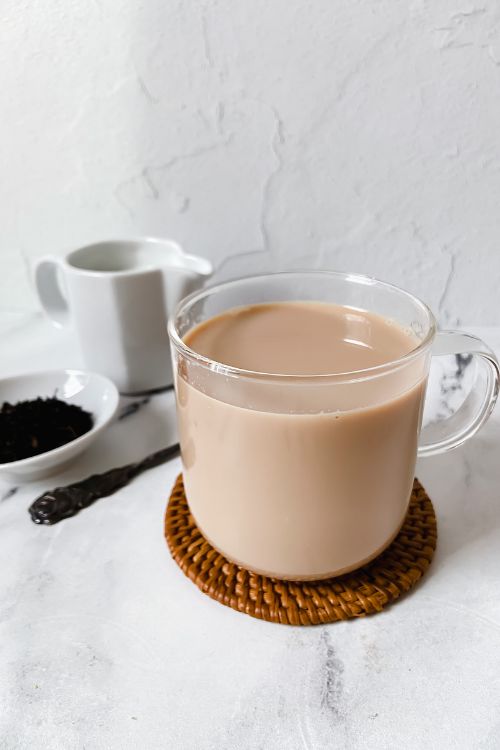
Royal milk tea is a name originally invented by Lipton Japan in 1965.
This milk tea is made by simmering black tea in a small amount of water and plenty of milk.
The result is a very creamy milk tea.
You can learn here how to make Royal milk tea at home.
Tea latte
Tea latte is the name for any kind of tea with frothy milk on top.
Some popular tea lattes are matcha latte, rooibos latte and London Fog (you can find them all in this list).
Related: Recipe for Pumpkin Spice Tea Latte
Tiger milk tea

Tiger milk tea is another name for brown sugar boba tea.
This popular bubble tea flavor has a caramel taste and it gets its name because the dark syrup makes the drink look like it has tiger stripes.
Despite the name ”tea”, this beverage usually doesn’t have any real tea on it, consisting in a milky beverage with brown sugar syrup.
The result is usually quite sweet, but at the same time, the brown sugar syrup also has a slight bitterness that remains of molasses.
Taro milk tea

Taro milk tea is usually a boba milk tea that has taro, hence it isn’t actually a real tea.
Taro is a starchy root vegetable with a slightly sweet flavor similar to sweet potato.
Taro milk tea can be made either from whole taro as well as from taro instant powder and it os usually served as a beverage with a beautiful pastel purple color.
As it doesn’t contain real tea, its caffeine free.
If you are curious about making your own, you can check my recipe on how to make taro milk tea at home (from scratch).
Thai milk tea

Thai tea is a popular tea in Southeast Asia that consists of black tea, sweetened with sugar or condensed milk and served with some milk, coconut milk or evaporated milk on top.
Sometimes it has some spices like star anise or cardamom.
When it’s served cold it’s also also called cha yen.
Teas that go well with milk
No matter which type of milk you use, it has its own taste.
This may overpower the tea.
That’s why normally full bodied, stronger teas are preferred when making milk tea.
The most common teas used for making milk tea are black teas like Ceylon, Assam or Darjeeling.
Black tea blends like breakfast teas or earl grey are also a good choice.
Green tea, white tea and oolong aren’t usually a common choice for making milk tea, as the milk can easily overpower their delicate flavor.
However, there are no rigid rules about taste! So, you may experiment with these teas and some cream or milk.
If you want to give it a try, you may find this post on green tea with milk helpful.
Also, you may be astonished how well ANY kind of tea (including herbal teas) taste amazing with a splash of milk.
Believe me, I’m just writing this while sipping my latest discovery: black bean tea with some milk to it!
Teas that curd with milk
The only teas that don’t go well with milk are herbal teas or tea blends that contain something acidic, as the milk would curd.
Under this category are hibiscus tea or any tea with citrus fruits.
Note: while early grey has bergamot oil, which is a citric, it doesn’t curd the milk.
Best milk types to make milk tea
You may use your preferred type of milk for your milk tea.
For me, the best milk for making milk tea is whole milk: it’s an ingredient that most people have in their kitchens and it gives the tea a rich and creamy taste.
But you can also make lighter versions with skimmed milk or any kind of plant based milk like soy milk, almond milk or oat milk.
Some recipes also call for half and half, cream, evaporated milk or non-dairy creamer for a richer tea.
Frequently asked questions about milk tea
No, Milk Oolong has this name because it tastes buttery, naturally sweet and milky as is.
This Taiwanese tea is served without milk and it gets its velvety texture because the tea is grown at high elevation and the leaves are roasted and rolled gently.
No, white tea is the less processed of the true teas and it has such a delicate taste, it doesn’t need milk or sugar.
The name “white” comes because the tea leaves are harvested as they are young and covered with fine white hairs.
But the tea liquor doesn’t look white (as milk).
Adding milk to tea isn’t bad on its own.
While some studies suggest that tea may lose some of its benefits when served with milk, there is also research pointing out that milk tea may not only maintain some of tea’s beneficial antioxidants, but even enhance them.
However, you should take into consideration that milk adds some fat, carbs and calories to your beverage.
Also, milk tea from boba parlor is often contains A LOT of added sugar.
That’s why it’s better to enjoy these beverages in moderation, as an occasional treat.
This depends on the type and amount of milk you use and whether you sweeten it or not.
Tea as is doesn’t have sugar.
Unfortunately, boba tea and many milk tea drinks often come with lots of added sugar when you order them: a typical milk tea usually has around 38 g sugar per 16 oz. serving!
[As a reference, the American Heart Association recommends to limit the sugar intake under 24 g added-sugar per day]
If you want to reduce the amount of sugar in you milk tea, it’s best to make them for yourself so you can control the amount of sugar you add or switch it for sugar-free alternatives.
This is completely up to personal preference: milk tea tastes both great cold as iced tea or as a hot drink.
Just enjoy it whichever way you like it better!
If you are having milk tea that contains real tea (as black tea or green tea) there will be caffeine in it.
On the contrary, if you are having taro milk tea or rooibos latte, there won’t be any caffeine as they don’t contain real tea.
I hope this guide has helped you understand the different types of milk tea available. What’s your favorite one? Let me know in the comments bellow!
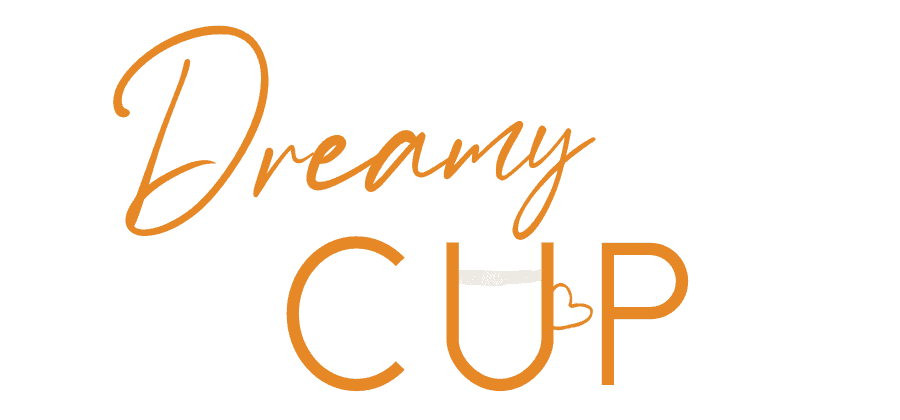

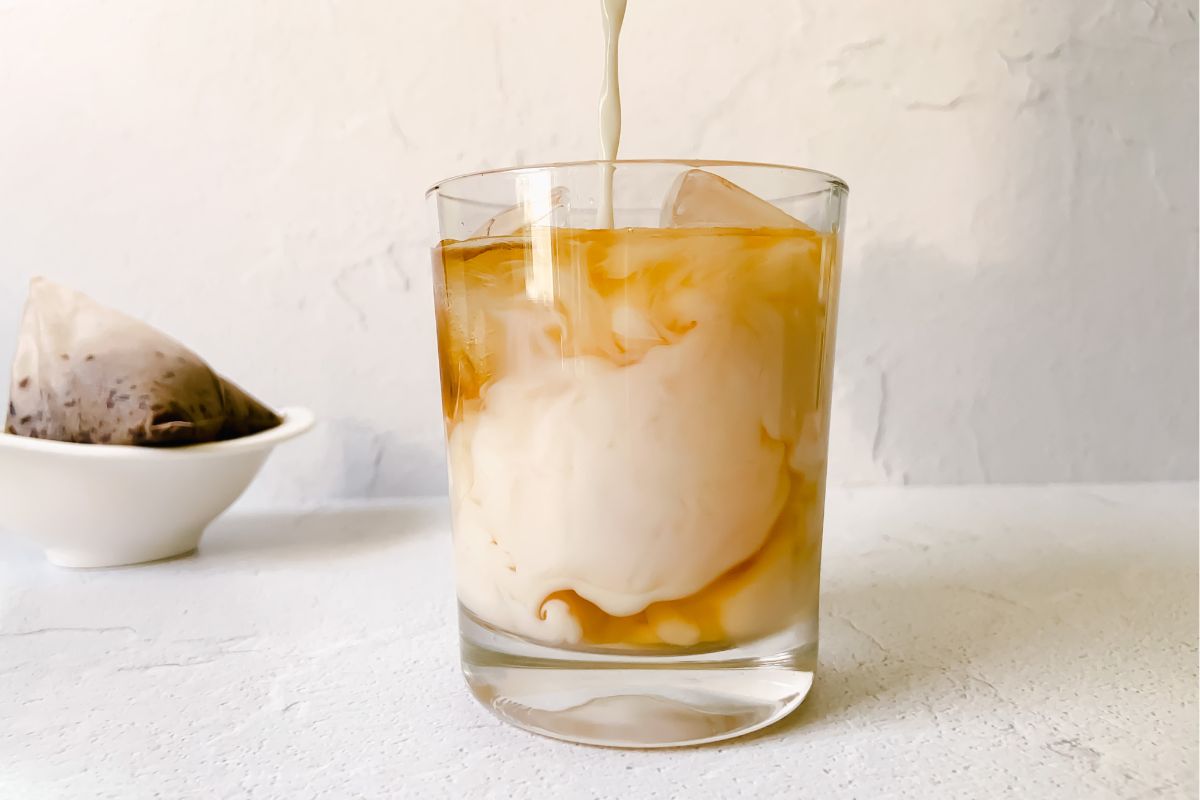

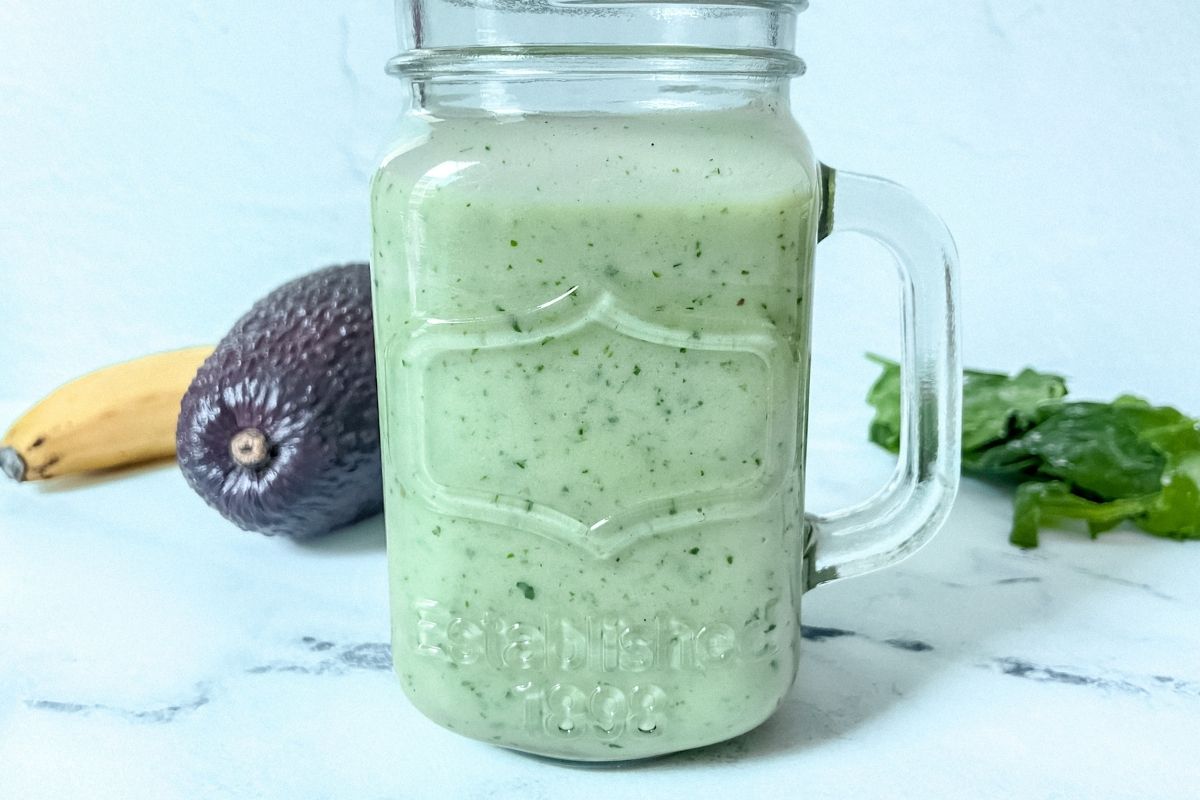
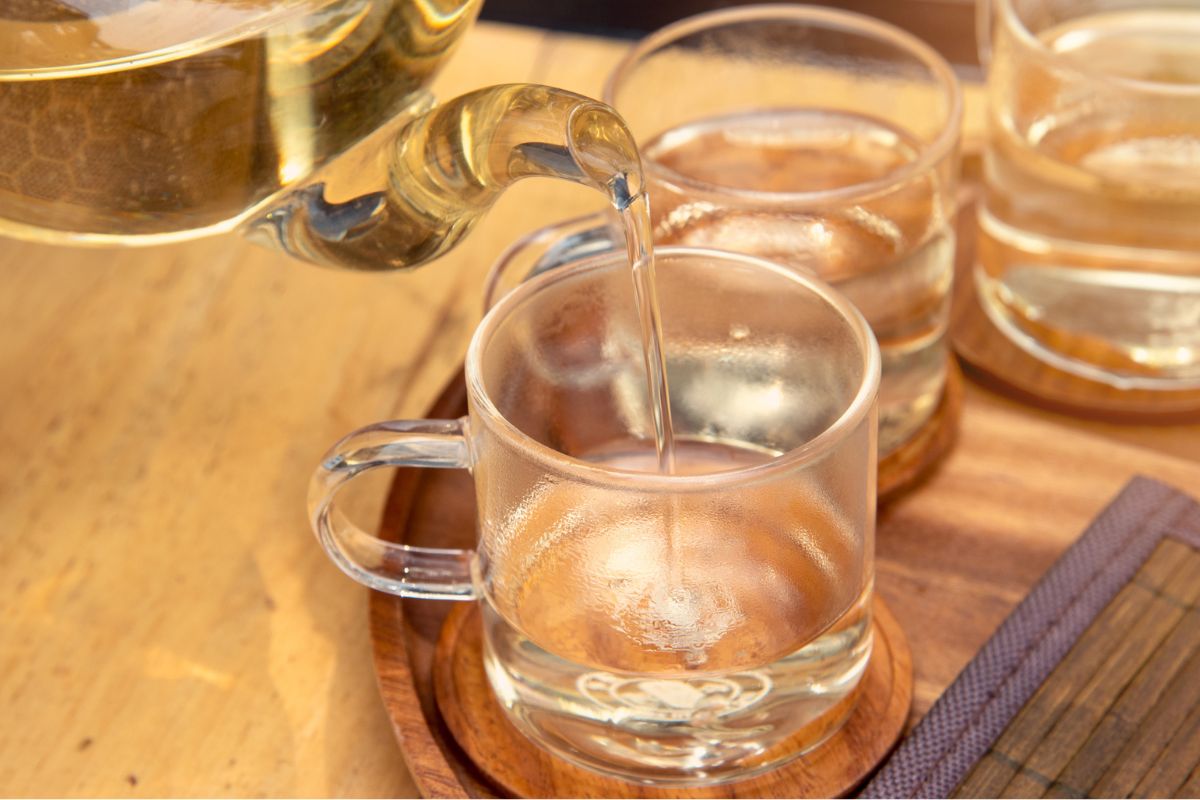
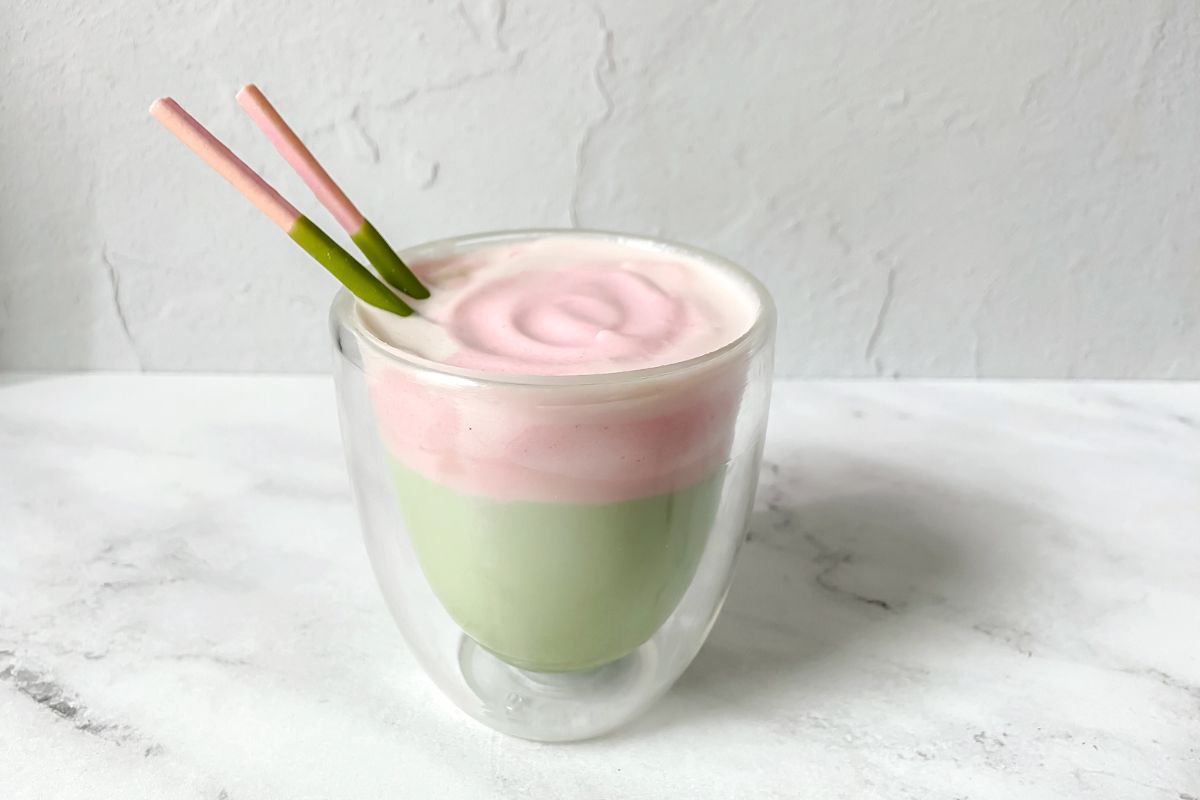
This article is awesome and incredible. I didn’t know there are so variations for milk tea!
I’ve love reading about them, thank you very much!
I am very glad you liked it. Thank you so much for stopping by!
My friend is interested in trying out trendy things that can make him feel young again. I like your idea to try out boba tea since it uses pearls that you can chew as a combo with a tasty drink. I will share this with him so we can find a milk tea store that sells them.